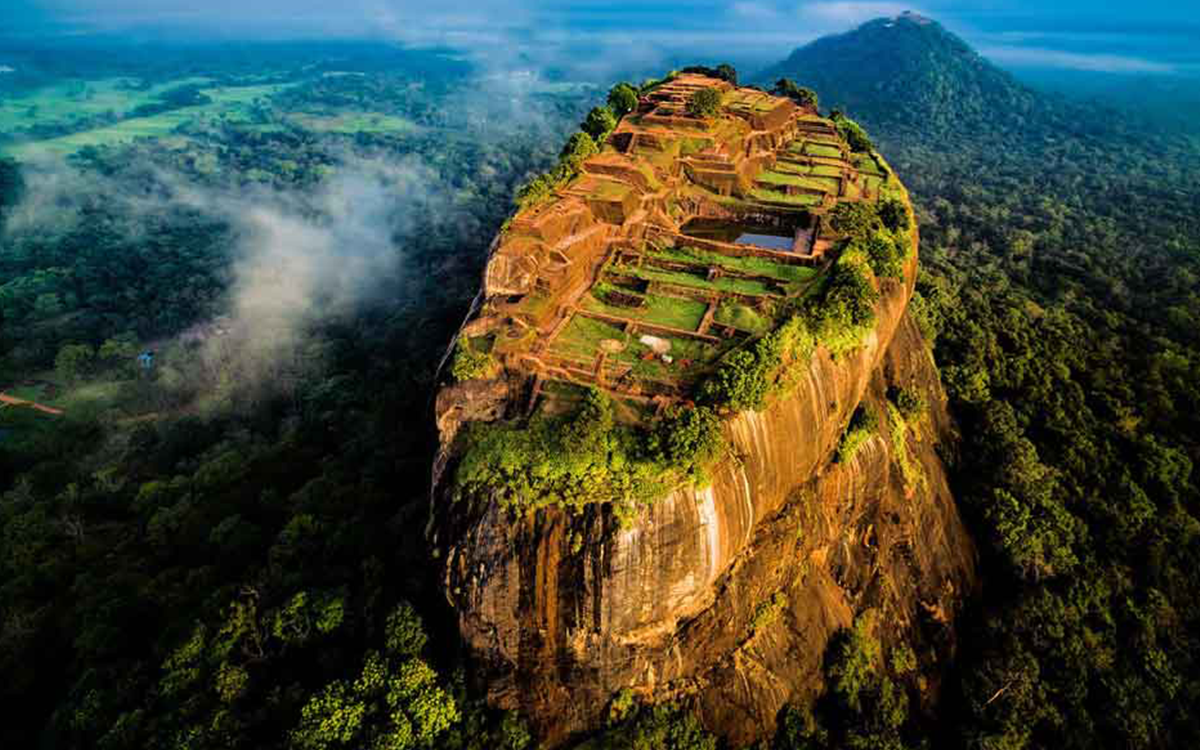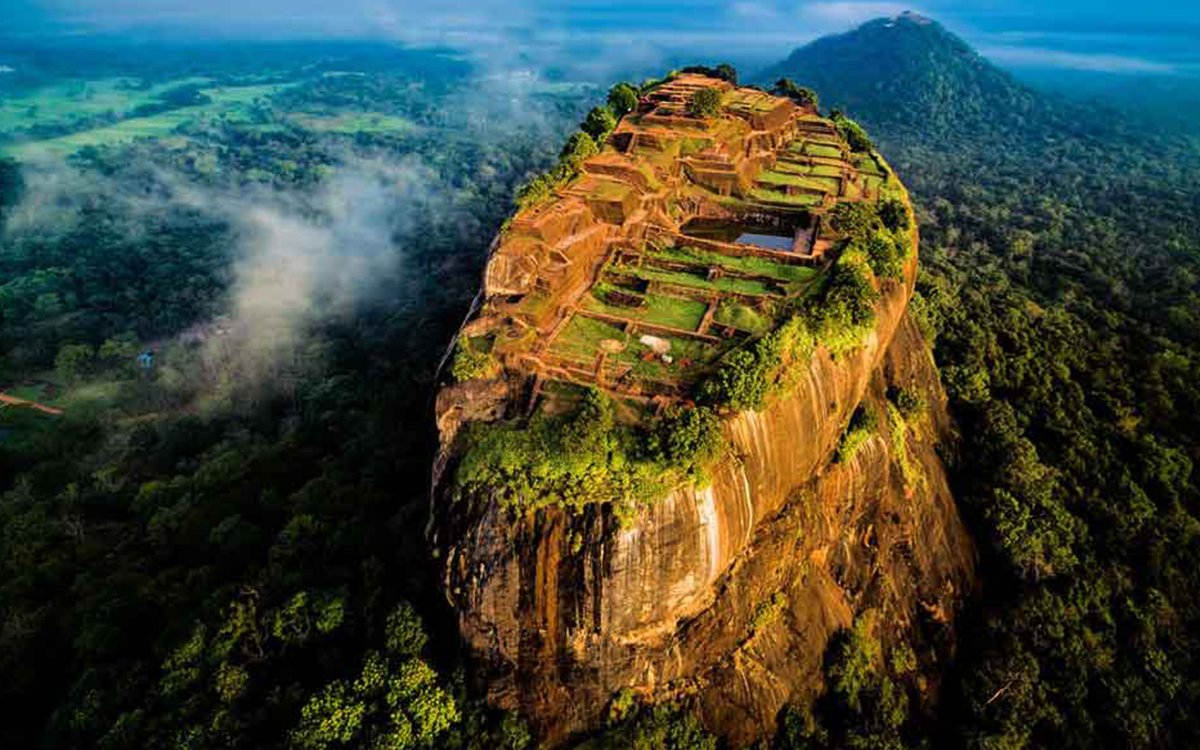
Sigiriya: The Majestic Rock Fortress of Sri Lanka
Introduction
Nestled amidst the lush landscapes of Sri Lanka, Sigiriya stands as a testament to human ingenuity and artistic brilliance. This ancient rock fortress, also known as the "Lion Rock," is a UNESCO World Heritage site that has captivated the hearts and minds of travelers, historians, and archaeologists for centuries. In this blog post, we will embark on a journey to explore the rich history, breathtaking location, and awe-inspiring features of Sigiriya, inviting you to discover why it remains a must-visit destination for tourists from around the world.
Location
Sigiriya is situated in the heart of the Cultural Triangle of Sri Lanka, a region brimming with historical and cultural significance. It is located in the central Matale District, approximately 169 kilometers from Colombo, the country's capital. The site's strategic location has contributed to its historical importance, as it once served as a royal palace and Buddhist monastery.
Early History
The history of Sigiriya can be traced back to ancient times, long before King Kasyapa's reign. The site served as a monastic retreat for Buddhist monks, who found solace and tranquility in the natural surroundings. Evidence of these early inhabitants can still be found in the numerous caves and rock shelters at the base of the rock.
Kashyapa's Ascent to Power
The pivotal moment in Sigiriya's history occurred when King Dhatusena ruled Sri Lanka. Dhatusena's son, Kashyapa (Kasyapa), orchestrated a coup against his father, resulting in his exile from the royal city of Anuradhapura. Fearing retribution, Kashyapa sought to establish a new capital at Sigiriya, where he believed he could fortify himself against any potential threats.
Construction of the Fortress
Kasyapa's reign, from 477 to 495 CE, marked the construction of Sigiriya as we know it today. Enormous resources were dedicated to turning the rock into an impregnable fortress. The ambitious project included:
-
The Lion's Gate: The colossal entrance featured a lion's mouth with a grand staircase leading to the upper levels. The lion was not just a symbol of royal power but also a guard, and visitors had to pass through its jaws to reach the palace.
-
The Palace Complex: At the summit, Kasyapa built an opulent palace complex with beautifully landscaped gardens, ponds, and terraced platforms. The Mirror Wall, adorned with inscriptions and reflective plaster, surrounded the palace area.
-
The Frescoes: The exquisite frescoes, believed to depict celestial nymphs or Apsaras, adorned the rock face and added a touch of elegance and artistry to the fortress.
-
The Water Gardens: The gardens at Sigiriya, including the Water Gardens, featured a complex hydraulic system that showcased the technological prowess of the time. Water was channeled through intricate conduits to create stunning fountains and reflecting pools.
Kasyapa's Demise
Despite the grandeur of his fortress, Kasyapa's rule was marred by turmoil and instability. His half-brother, Mogallana, sought vengeance for the death of their father and ultimately defeated Kasyapa in a battle near Sigiriya. Facing imminent capture, Kasyapa is said to have taken his own life. With his death, the fortress was abandoned, and the royal capital returned to Anuradhapura.
Rediscovery and Preservation
Sigiriya lay hidden and overgrown by jungle for centuries until its rediscovery by British archaeologist John Still in 1907. Subsequent archaeological efforts uncovered the remarkable frescoes, the Mirror Wall, and the complex hydraulic systems, shedding light on the ancient civilization's sophistication.
Today, Sigiriya stands as a testament to the ingenuity of its builders and the tumultuous history of ancient Sri Lanka. It has earned its place as a UNESCO World Heritage site, drawing tourists and scholars alike who seek to explore its historical significance and architectural marvels.
Intriguingly, while the primary historical narrative of Sigiriya revolves around King Kasyapa, its pre-existing role as a monastic retreat, along with the later Buddhist influence, adds layers of complexity to its history. Sigiriya's multifaceted past continues to captivate those who venture to this remarkable site, offering a glimpse into the rich tapestry of Sri Lanka's history.
What Can Visitors See at Sigiriya?
Sigiriya offers a wealth of attractions and experiences for visitors eager to explore its rich history and breathtaking scenery. Here are some of the key highlights:
1. The Rock Fortress
The primary attraction at Sigiriya is the ancient rock fortress itself. Visitors can climb to the summit, navigating a series of steep staircases and pathways. As you ascend, you'll encounter various archaeological remnants, including the remnants of Kasyapa's palace, cisterns, and defensive walls.
2. The Frescoes
The frescoes on the western face of Sigiriya are a must-see. These vibrant and well-preserved paintings provide a glimpse into the artistic sensibilities of ancient Sri Lanka.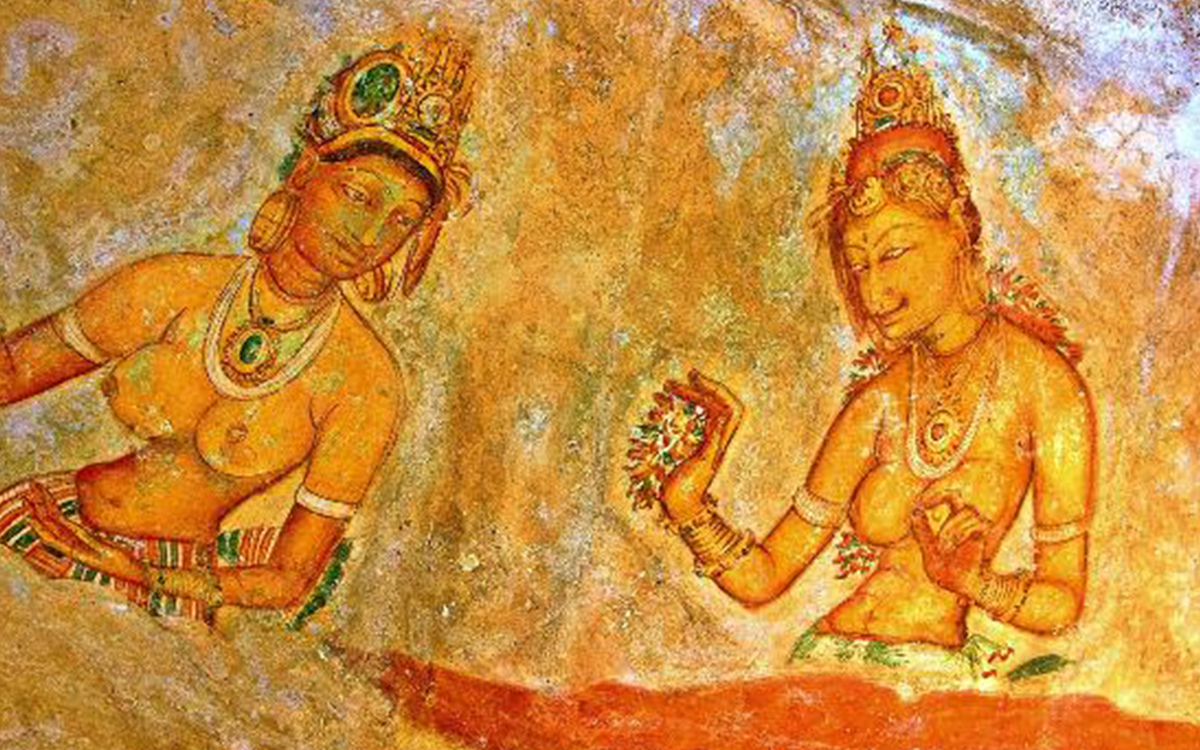 They are not only a testament to the artistic prowess of the time but also offer insights into the lives of the people who lived here.
They are not only a testament to the artistic prowess of the time but also offer insights into the lives of the people who lived here.
3. The Mirror Wall
As you climb the rock, you'll come across the "Mirror Wall," a smooth, polished surface that was once so reflective that it was said to be a mirror. Visitors from centuries past etched graffiti and poems on this wall, providing valuable historical insights.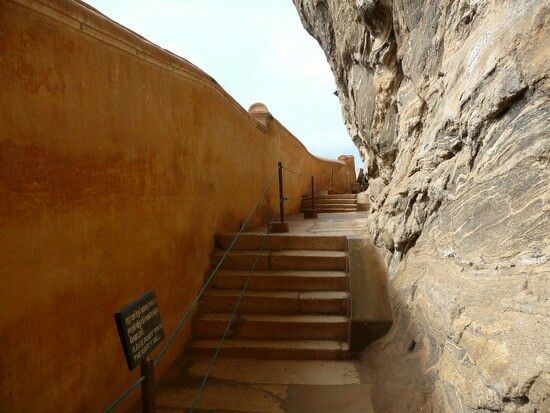
4. The Gardens
Sigiriya's gardens are a marvel of ancient landscaping. The Water Gardens, in particular, showcase a complex system of fountains, pools, and canals, testifying to the ingenuity of the engineers who designed them.
5. Panoramic Views
Reaching the summit of Sigiriya offers breathtaking panoramic views of the surrounding countryside, including lush forests, paddy fields, and distant hills. The vistas are especially stunning during sunrise and sunset, making it a favorite time for many visitors.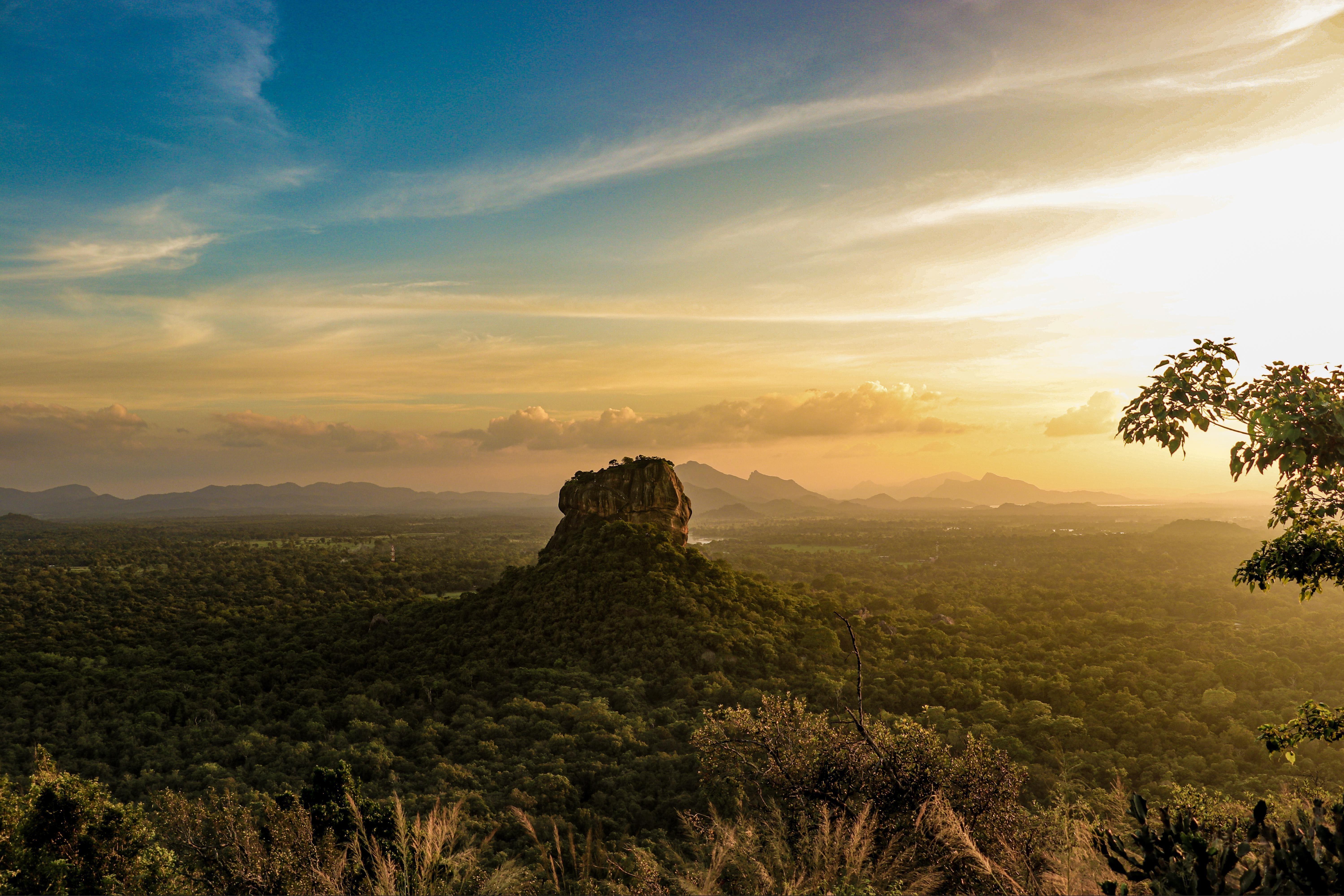
Conclusion
Sigiriya, with its rich history, breathtaking location, and remarkable features, remains an iconic destination in Sri Lanka and a testament to the grandeur of ancient civilizations. Its allure continues to draw travelers from around the world, eager to explore the rock fortress, admire the ancient frescoes, and immerse themselves in the captivating history of this UNESCO World Heritage site. Sigiriya is not just a destination; it's an enchanting journey through time, culture, and human achievement.

